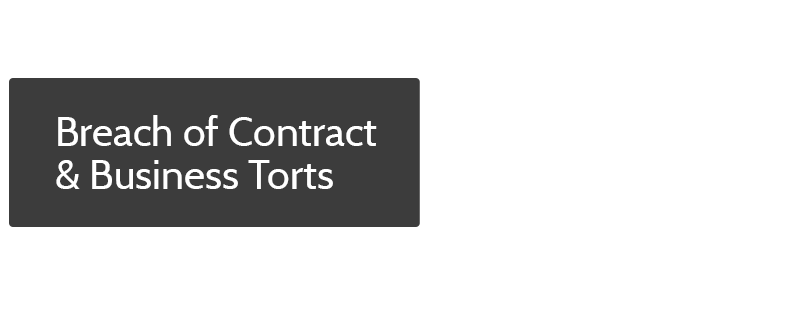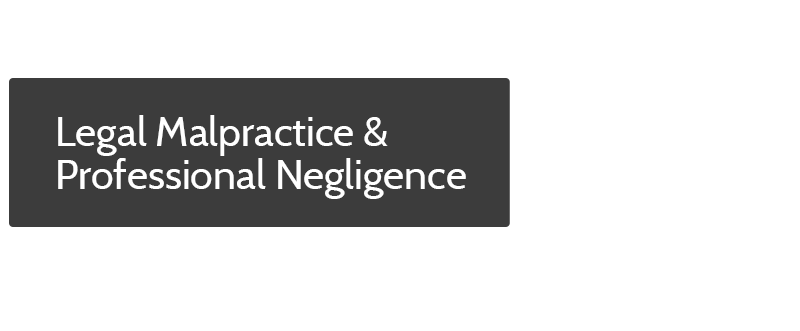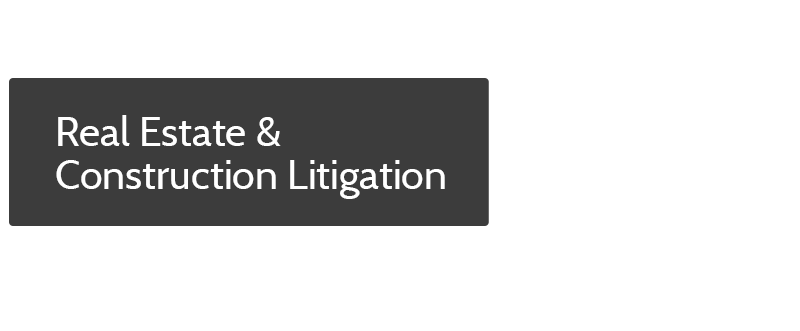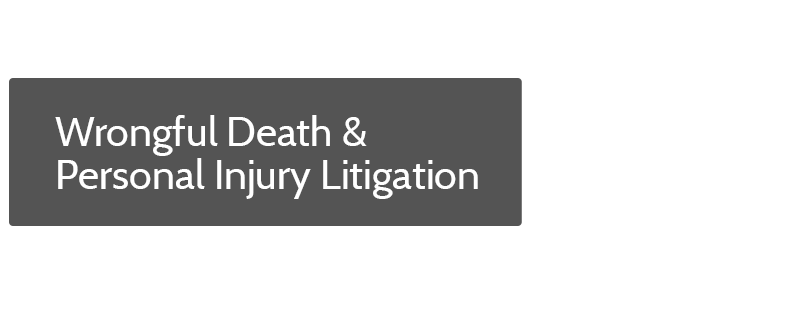Understanding the “Good Samaritan” Doctrine
THE GOOD SAMARITAN DOCTRINE APPLIES WHERE A PROPERTY OWNER CHOOSES TO ACT (IN THE ABSENCE OF A LEGAL DUTY).
Sometimes, a property owner chooses to act (for example, to repair a hazardous condition on property) when he or she has no legal duty to do so. The legal rule that applies in these cases is called the “negligent undertaking doctrine” or the “Good Samaritan doctrine” (after the Biblical parable of the Good Samaritan, in which a Samaritan helps an injured man despite having no legal obligation to do so). In some places, this is also known as the “voluntary undertaking” doctrine, because liability arises from a voluntary (as opposed to legally-mandated) action by the property owner.
The Good Samaritan/negligent undertaking doctrine states that where a property owner acts, in the absence of a legal duty to do so, the property owner must act with due care. If the property owner’s actions increase the risk of harm to others, or if third parties rely on the property owner’s actions and suffer harm as a result, the property owner may be held legally liable for those damages or injuries.
WHEN TAKING ACTION TO REPAIR HAZARDS, OR PREVENT HARM, PROPERTY OWNERS SHOULD ALWAYS ACT WITH REASONABLE CARE.
In addition to knowing when the law imposes an obligation to act, property owners should ensure that whenever they decide to repair a hazard and/or take actions to prevent (or decrease the risk of) harm to others, they comply with the legal duty to act with “due care” or “reasonable diligence.”
Whether the landlord is establishing safety policies and procedures, installing safety equipment (such as signs, fences, and railings), or engaging in any other conduct designed to keep property, guests, or tenants safe, landlords should consult with experts (and attorneys, if necessary) to ensure they meet the minimum legal threshold of care. In some cases – for example, when installing railings on ramps and stairways – the minimum legal thresholds may be established by laws, such as building codes. In other cases, satisfactory actions may be more difficult to judge, or may depend on additional factors beyond mere legal compliance. Never assume your actions are sufficient if any question exists. Consult an expert or an attorney to ensure your actions constitute adequate care, under the circumstances.
If you are injured on property belonging to someone else, and you believe the landlord did not comply with his or her legally-mandated duty of care, consult an attorney promptly. Delay could cost you legal rights, and may also make your case more difficult to prove.
***
Disclaimer: THIS ARTICLE IS FOR INFORMATIONAL PURPOSES ONLY, AND DOES NOT CONSTITUTE LEGAL ADVICE OR CREATE AN ATTORNEY-CLIENT RELATIONSHIP BETWEEN THE AUTHOR AND ANY PERSON. Your rights and experiences may vary. Never use an online article (including this one) to evaluate your legal claims. Speak with an experienced lawyer promptly to obtain a personalized evaluation of your claims, possible damages, and options. You may lose or compromise your rights if you delay in consulting legal counsel. Negligence and premises liability claims are complicated and fact-dependent. If you believe you have a claim against a property owner who permitted or failed to repair a dangerous condition, or any other type of legal claim, consult an experienced lawyer immediately for an evaluation of your possible rights and claims.














